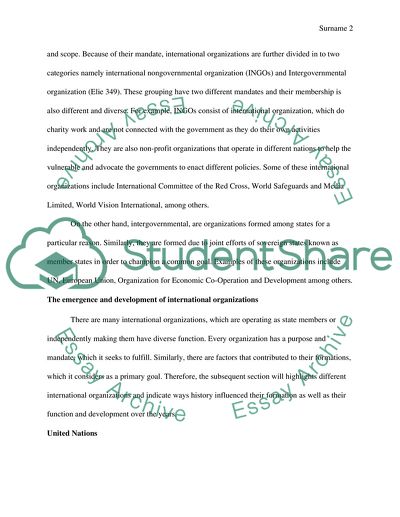Cite this document
(“How History Influenced the Emergence And Development of International Essay”, n.d.)
Retrieved from https://studentshare.org/social-science/1672205-how-history-influenced-the-emergence-and-development-of-international-organizations
Retrieved from https://studentshare.org/social-science/1672205-how-history-influenced-the-emergence-and-development-of-international-organizations
(How History Influenced the Emergence And Development of International Essay)
https://studentshare.org/social-science/1672205-how-history-influenced-the-emergence-and-development-of-international-organizations.
https://studentshare.org/social-science/1672205-how-history-influenced-the-emergence-and-development-of-international-organizations.
“How History Influenced the Emergence And Development of International Essay”, n.d. https://studentshare.org/social-science/1672205-how-history-influenced-the-emergence-and-development-of-international-organizations.


